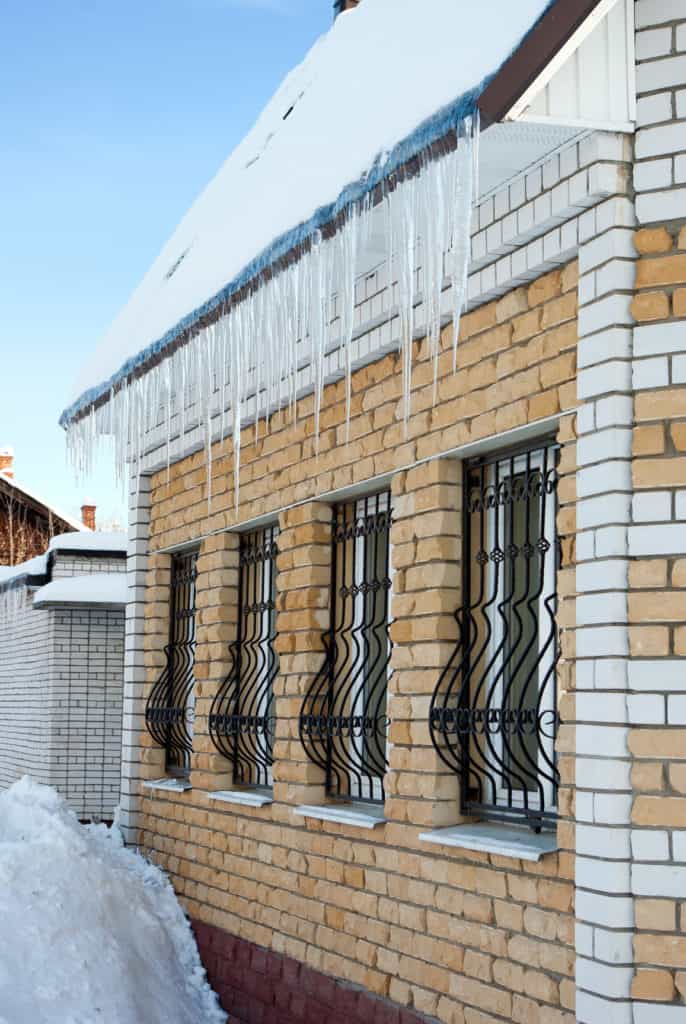
Winter is long gone – granted, it doesn’t always feel like that here in Michigan. But, that doesn’t mean you can’t prepare early to avoid housing issues that commonly occur during the colder months. One of the biggest problems that homeowners face as the weather gets chillier is ice dams. The biggest reason that ice dams are such hassles is that they serve as a catalyst to a slew of other housing issues, such as attic flooding, black mold and insect infestation. However, to better understand how to repair ice dams, it’s best that you understand exactly what they are – if you don’t already.
Ice Dams, Huh?
Ice dams are primarily caused by three things: heavy snow fall, consistently cold temperatures and improperly ventilated and insulated attics – it’s fair to say that this winter we definitely experienced plenty of cause one and two. When you have collected snow sitting on your roof for quite some time due to cold temperatures, proper attic ventilation and insulation is crucial. If an attic is not properly ventilated, it will result in trapped heat. This built-up heat will then heat the roof deck, causing the accumulated snow to melt – sunlight also speeds up this process. The melted snow – now-turned water – will flow to the bottom of your roof and sit near the areas over the eaves – since this part of the roof remains cool. And now, ladies and gentlemen, you have an ice dam. The problem is that the sitting water can seep into your attic, causing wood damage, mold growth, which then attracts insects and bugs during the warmer months.
So now you know how ice dams form, but what are the secrets behind ice dam repair?
Repairing Ice Dams:
- Catching an ice dam while it’s smaller is, ultimately, the best way to avoid very expensive ice-dam repairs. Icicles on the end of your gutters are a great indication that you may have a ventilation problem in your attic.
- If the ice dam has already occurred, make sure to contact a professional to help you remove the aftermath that ice dams leave behind. It is crucial that accumulated water is removed, the affected building materials are completely dried and your wall and attic are inspected for signs of wood damage, mold or fungi.
- To prevent the problem from occurring again, ice-dam repair must include the installation of a proper attic ventilation system. A well-designed attic ventilation system will create air flow along the side roof and underside of the roof deck. Also, make sure that your ventilation system includes air intake vents that are evenly spaced along the eaves.
- While attic ventilation is important, it is equally as important to have proper insulation. In your attic, insulation will reduce heat loss, while also diminishing the energy impact of having cold air flowing through. Insulation is particularly important around electrical fixtures and plumbing chases as these areas that experience significant heat loss. We have proudly launched attic insulation services that can aid with this.
- Think about installing waterproof shingle underlayment (Ice Shield) on the edges of your house. Sometimes, ventilation and insulation are just not enough to prevent water from penetrating through your roof. But, Ice shield will definitely create a barrier between any water on the roof and the inside of your home.



